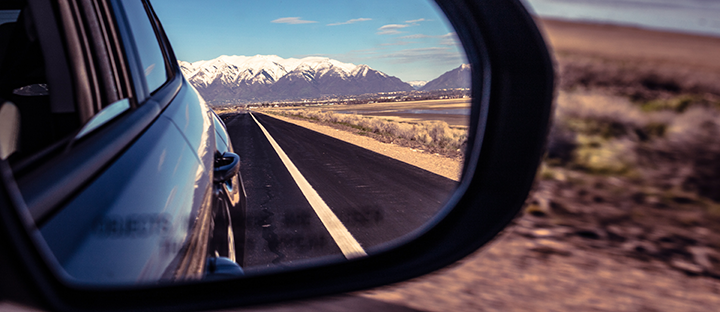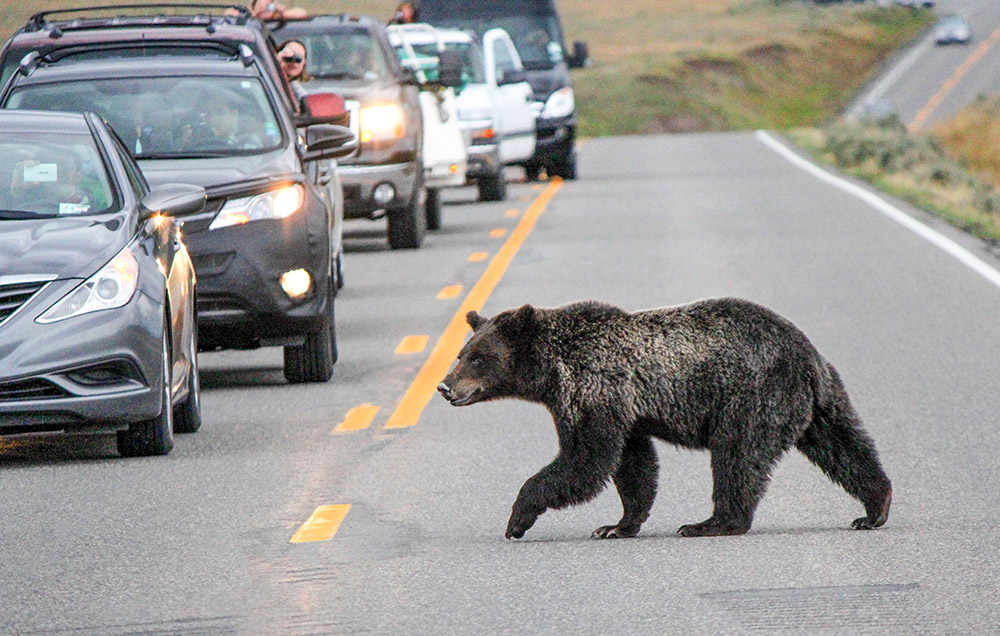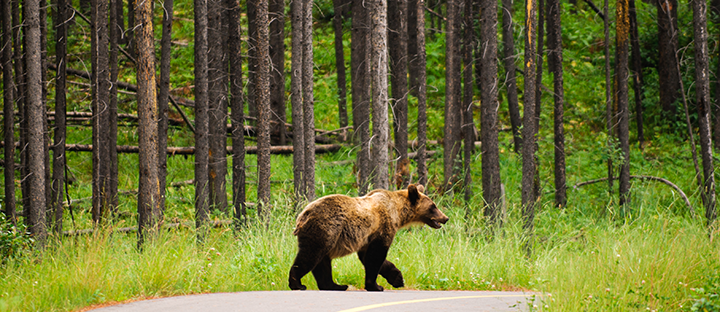More wildlife crossings in Montana on the horizon
There’s a spring in our step, and that’s not only due to the arrival of a fresh, warmer season. It’s because you have helped create a new pathway for wildlife crossing projects in Montana.
In March, the Montana Wildlife and Transportation Partnership announced two groundbreaking solutions to help wildlife safely cross busy roads and protect people from devastating collisions with animals.
This news came after many years of hard work from a range of partners, including Y2Y.
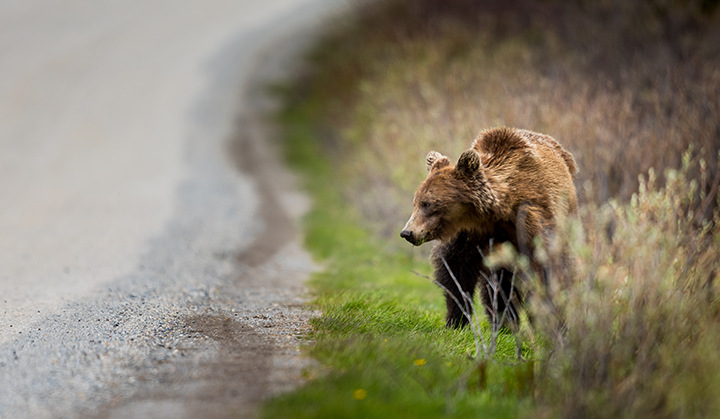
Wildlife crossings save lives
One key piece is an interactive map with wildlife data showing where transportation solutions are needed most on Montana’s highways.
The other is a new process for the state to review and accept proposals for new wildlife crossings and fencing. Before, this process was only part of long-term transportation planning and could take up to ten years or more. Now, it could happen much quicker.
Adding to the momentum is the recent increase in funding for wildlife and transportation projects through the U.S. Bipartisan Infrastructure Law and a new federal pilot program dedicating $350M for wildlife crossings over five years — the first round of which just launched.
These planning improvements and funding will help drive forward the most impactful decisions. But most importantly, more lives of humans and animals will be saved.
These planning improvements and funding will help drive forward the most impactful decisions. But most importantly, more lives of humans and animals will be saved.
Building support for safe crossings
In Montana, drivers face one of the nation’s highest wildlife-vehicle collisions per capita. And each year statewide, more than 6,000 wildlife animal carcasses are collected.
Doug G., a Y2Y monthly donor who lives in Montana, is familiar with these impacts. Having grown up in Utah, Doug and his father would see countless injuries to and death of wildlife during their highway travels.
“The wildlife mortality on these roads is so unnecessary. Back in the 1960s, when we’d see what was happening to wildlife, I thought ‘why aren’t we doing something to prevent this?’,” he said.
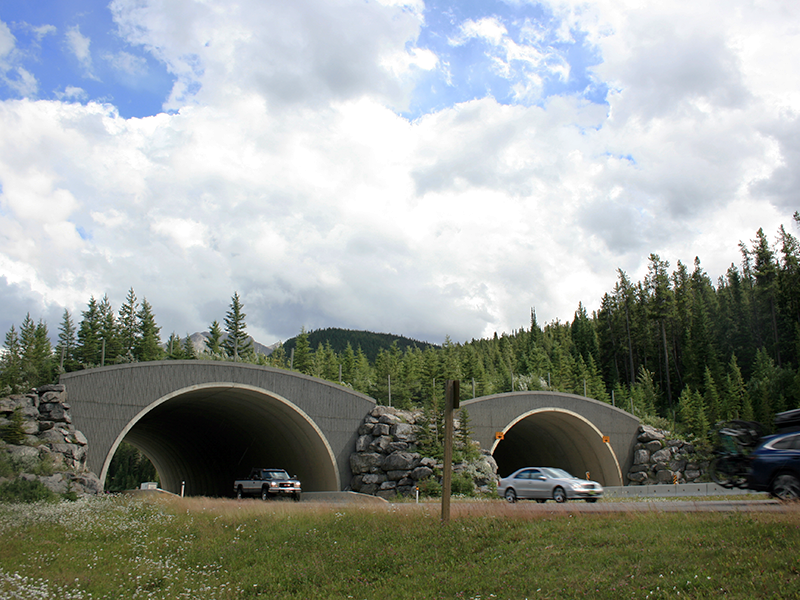
Years later during a visit to Canada with his wife in the 1990s, Doug saw a wildlife overpass for the first time arching over Alberta’s Highway 1 through Banff National Park. He felt good knowing that wildlife could be roaming safely overhead.
Doug’s experiences also motivate him to support Y2Y’s work on wildlife corridors.
“I’m very supportive of wildlife structures spanning Montana’s highways, particularly to link grizzly bears between Greater Yellowstone and the Bitterroot,” said Doug. “These kinds of accommodations for wildlife in this world today are necessary if we want a viable world for them in the future. To keep them around, we need to keep them connected.”
“To keep [wildlife] around, we need to keep them connected.”
Doug G., Y2Y monthly donor
A future where wildlife stays connected, and people can travel roads with fewer worries is already becoming a reality.
With your support, we can continue to push for policies that ensure wildlife crossings are built in the places they are needed most.
Additional reading:
- Confederated Salish and Kootenai Tribes (CSKT) awarded $30 million to update and rehabilitate U.S. Highway 93 | Flathead Beacon, June 16, 2023
- There’s money for wildlife crossings, but will someone build one by Gallatin Canyon? | Explore Big Sky, May 30, 2023
- Momentum grows for wildlife crossings on southwest Montana highways | Bozeman Daily Chronicle, April 14, 2023
